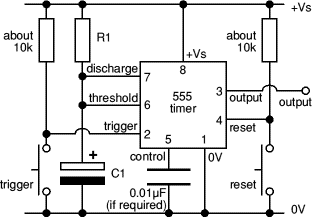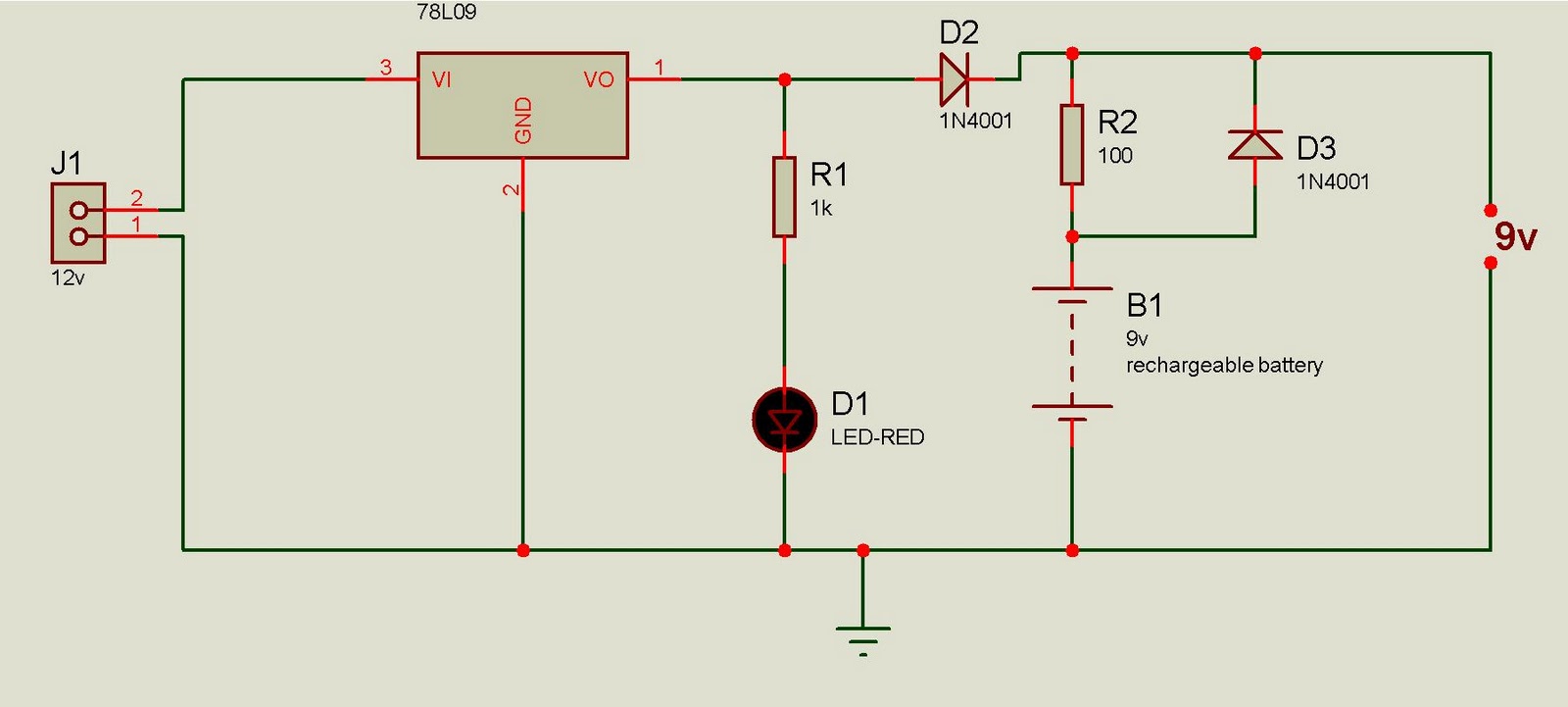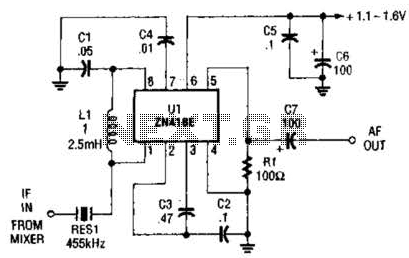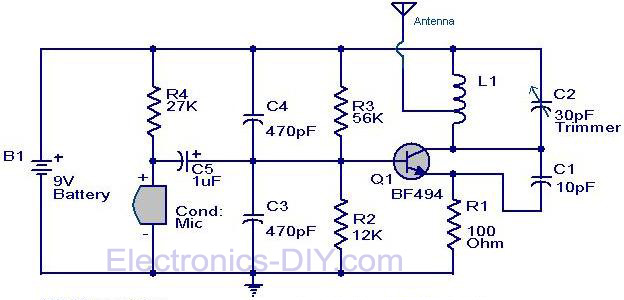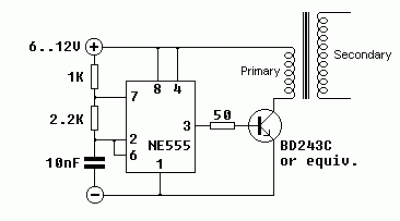
Simple flower circuit
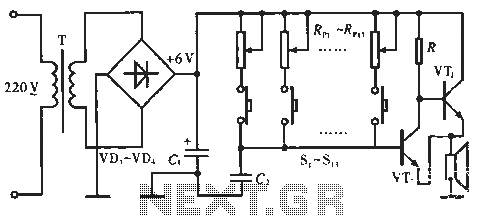
The circuit includes resistors Rp1 to Rp13, which serve dual purposes: they scale the resistance for the keyboard and function as timing resistors for the oscillator. Capacitor C2 acts as a wide discharge capacitor, while switches S1 to S13 represent the key switches. When any switch, such as S1, is pressed, the +6 V power supply is activated. This causes current to flow through Rp1, C2, and S1, initiating the charging process of C2. Initially, the voltage at the terminals of C2 is zero, preventing VT1 from turning on. Meanwhile, the +6 V power supply provides a base bias to VT2 through resistor R, allowing VT2 to conduct. The current from VT2 flows through its collector-emitter path to the speaker, resulting in a significant voltage drop across the speaker.
The circuit operates by utilizing a series of resistors (Rp1 to Rp13) which are integral to both the keyboard input and the timing function of the oscillator. Each resistor is connected to a corresponding switch (S1 to S13), allowing for user interaction. When a switch is pressed, it activates the circuit, allowing current to flow from the +6 V power supply through the resistors and into capacitor C2. The capacitor is initially uncharged, presenting a voltage of zero across its terminals, which prevents the transistor VT1 from conducting.
As the capacitor begins to charge, the voltage across it gradually increases. In this state, the base of transistor VT2 receives a bias voltage through resistor R from the +6 V supply. Once the voltage at the base of VT2 reaches the necessary threshold, VT2 turns on, allowing current to flow from its collector to its emitter. This current then flows through the connected speaker, producing sound as a result of the voltage drop across the speaker.
The circuit effectively combines the functions of a keyboard interface with an oscillator, where user input directly influences the timing and output characteristics. The careful selection of resistors and capacitors dictates the charge time of C2, thus controlling the timing of the output signal. The interaction between the components creates a responsive electronic system that can generate audio signals based on user input, making it suitable for applications such as simple synthesizers or sound-generating devices.Circuit works: Rp1 ~ Rp13 scale resistance to the keyboard, but also the oscillator timing resistor, C2 is wide discharge capacitor, S1-S13, the key switch. Press S1 a S13 any one, such as pressing S1, the +6 V power supply by Rp1, C2 and S1 to charge electricity. By charging initial C2 terminal voltage is zero, so the VT1 can not be turned on. At this time +6 V power source via R to provide a base bias VT2, VT2 conduction current through the VT2 of c, e pole flows through the speakers, and produce a higher voltage drop across the speaker.
The circuit operates by utilizing a series of resistors (Rp1 to Rp13) which are integral to both the keyboard input and the timing function of the oscillator. Each resistor is connected to a corresponding switch (S1 to S13), allowing for user interaction. When a switch is pressed, it activates the circuit, allowing current to flow from the +6 V power supply through the resistors and into capacitor C2. The capacitor is initially uncharged, presenting a voltage of zero across its terminals, which prevents the transistor VT1 from conducting.
As the capacitor begins to charge, the voltage across it gradually increases. In this state, the base of transistor VT2 receives a bias voltage through resistor R from the +6 V supply. Once the voltage at the base of VT2 reaches the necessary threshold, VT2 turns on, allowing current to flow from its collector to its emitter. This current then flows through the connected speaker, producing sound as a result of the voltage drop across the speaker.
The circuit effectively combines the functions of a keyboard interface with an oscillator, where user input directly influences the timing and output characteristics. The careful selection of resistors and capacitors dictates the charge time of C2, thus controlling the timing of the output signal. The interaction between the components creates a responsive electronic system that can generate audio signals based on user input, making it suitable for applications such as simple synthesizers or sound-generating devices.Circuit works: Rp1 ~ Rp13 scale resistance to the keyboard, but also the oscillator timing resistor, C2 is wide discharge capacitor, S1-S13, the key switch. Press S1 a S13 any one, such as pressing S1, the +6 V power supply by Rp1, C2 and S1 to charge electricity. By charging initial C2 terminal voltage is zero, so the VT1 can not be turned on. At this time +6 V power source via R to provide a base bias VT2, VT2 conduction current through the VT2 of c, e pole flows through the speakers, and produce a higher voltage drop across the speaker.

